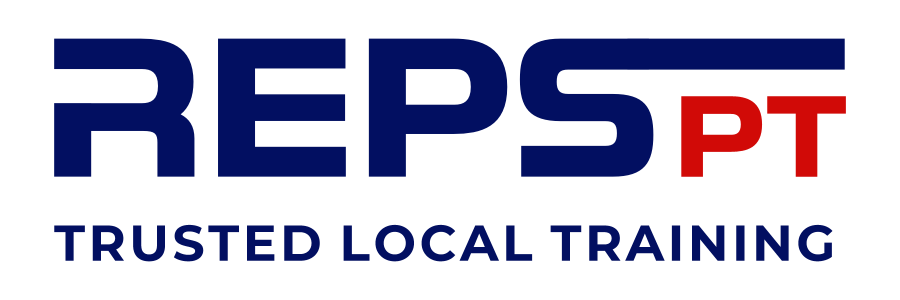The seated cable row with a pronated grip is a highly effective exercise for building back strength and improving posture. This variation of the seated row uses an overhand grip (palms facing down) to target various muscles, particularly in the upper and middle back. Here's an overview of the benefits and form of the seated cable row with a pronated grip:
Benefits:
-
Strengthens Upper and Middle Back: The seated cable row with a pronated grip primarily targets the latissimus dorsi, rhomboids, traps, and rear deltoids. It promotes overall back strength, which is crucial for improving posture and supporting the spine.
-
Engages the Biceps and Forearms: While the back muscles are the primary focus, the pronated grip also works the biceps, forearms, and wrists. The palms-down grip increases forearm involvement and provides a greater challenge to grip strength.
-
Improves Posture: By strengthening the muscles of the upper back, this exercise helps pull the shoulders back and prevents the rounded shoulders commonly associated with poor posture. It is beneficial for counteracting the effects of prolonged sitting or slouching.
-
Supports Injury Prevention: The seated cable row offers a controlled, stable movement pattern, reducing the risk of injury. The cable machine provides constant tension, allowing you to focus on maintaining proper form without worrying about momentum.
-
Versatility: The seated cable row can be adjusted to different levels of resistance and is suitable for both beginners and advanced athletes. You can vary the handle or attachment used to further target different areas of the back.
-
Improves Scapular Mobility: This exercise helps increase mobility in the scapula (shoulder blades), as it encourages proper retraction and depression during the rowing movement. This is important for shoulder health and mobility.
Form:
-
Set Up: Sit on the bench facing the cable machine with your feet flat on the floor, knees slightly bent. Your torso should be upright, with your back straight and shoulders relaxed.
-
Grip the Handle: Using a pronated grip (palms facing down), grasp the bar or handle with both hands. Your hands should be positioned slightly wider than shoulder-width apart, ensuring a comfortable grip.
-
Position Your Body: Sit with a slight lean forward at the hips, keeping your spine neutral and avoiding rounding your back. Your arms should be fully extended in front of you, and the handle should be at about chest height or slightly lower.
-
Initiate the Row: Engage your core, then pull the handle towards your torso, focusing on retracting your shoulder blades as you row. Keep your elbows close to your sides and lead the movement with your elbows rather than your hands. Aim to bring the handle to around your lower ribcage or upper abdomen.
-
Squeeze and Pause: At the peak of the row, squeeze your shoulder blades together, holding the position for a brief moment to maximise contraction in the back muscles. This pause helps increase muscle activation and mind-muscle connection.
-
Return Slowly: Control the return motion by slowly extending your arms and allowing your back muscles to stretch. Do not let the handle fly back quickly—maintaining control throughout the entire movement ensures proper muscle engagement.
-
Breathing: Exhale as you row the handle towards you, and inhale as you return it to the starting position.
Tips for Success:
- Keep a Neutral Spine: Avoid arching or rounding your back throughout the movement. A neutral spine reduces the risk of injury and helps maximise the effectiveness of the exercise.
- Engage Your Core: Your core should remain tight throughout the movement to support your lower back and maintain stability.
- Avoid Overreaching: Do not pull the handle too far, as this can strain the shoulders. Instead, aim for a controlled range of motion, with the elbows stopping around the ribcage.
- Use a Full Range of Motion: Ensure that you fully extend your arms at the beginning of each repetition and retract your shoulder blades at the peak of the row to maximise muscle activation.
Incorporating the seated cable row with a pronated grip into your workout routine can help you build a stronger, more defined back, improve your posture, and support overall shoulder health. It's an essential movement for anyone looking to enhance their back training and achieve a balanced physique.

